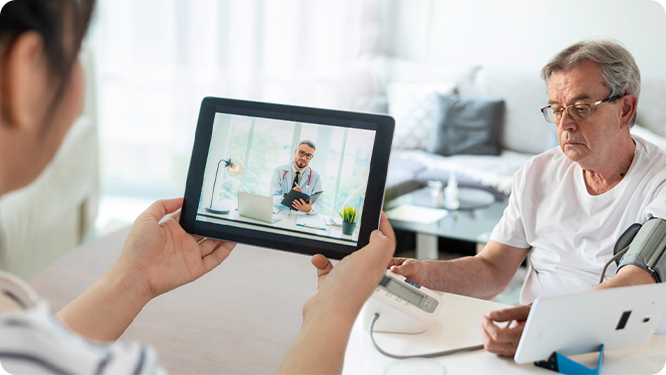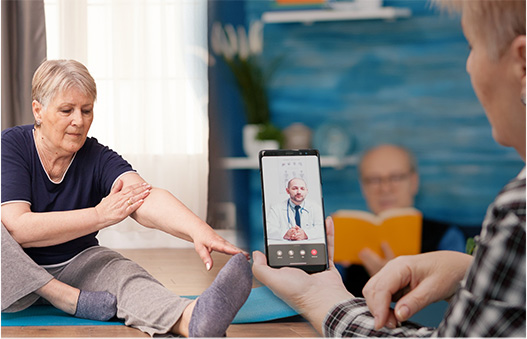What distinguishes Remote Therapeutic Monitoring from Remote Patient Monitoring?
May 24, 2023

Telehealth has revolutionized the healthcare industry, providing an opportunity for healthcare providers to monitor patients remotely. Two of the most critical technologies in telehealth are Remote Patient Monitoring (RPM) and Remote Therapeutic Monitoring (RTM). Although these technologies are related, they differ in several ways. This blog aims to discuss the differences between RPM and RTM.
Remote patient monitoring (RPM) uses FDA-defined medical devices to passively and automatically report physiological data (vital signs) to healthcare providers. These devices can include blood pressure monitors, glucose meters, and other types of wearable sensors.
RPM is particularly useful for patients with chronic conditions that require ongoing monitoring, such as diabetes, hypertension, and heart failure. By collecting this data, healthcare providers can track changes in a patient's health status and intervene if necessary.
Remote therapeutic monitoring (RTM) refers to the use of technology to remotely monitor non-physiological data related to the respiratory and musculoskeletal systems. This involves tracking patients' pain levels, and symptoms and providing educational resources to them. RTM is commonly used for patients with complex conditions, such as mental health disorders, chronic pain, and cancer. It utilizes various technologies, including mobile apps, and remote monitoring platforms, to gather information and give feedback to healthcare providers and patients.
The goal of RTM is to improve patient outcomes by providing personalized care.
According to the CMS, Remote Patient Monitoring (RPM) codes are E&M codes and are billable by physicians. On the other hand, Remote Therapeutic Monitoring (RTM) codes are considered general medicine codes, which may be used by physiatrists, physical therapists, and nurses, among some other healthcare professionals.
While both approaches involve the use of remote monitoring technology, they serve different purposes and collect different types of data. By understanding the differences between these two types of remote care, healthcare providers can make more informed decisions about which type of monitoring is most appropriate for their patients.
RPM and RTM have the potential to revolutionize the way healthcare is delivered, making it more personalized, efficient, and effective.


